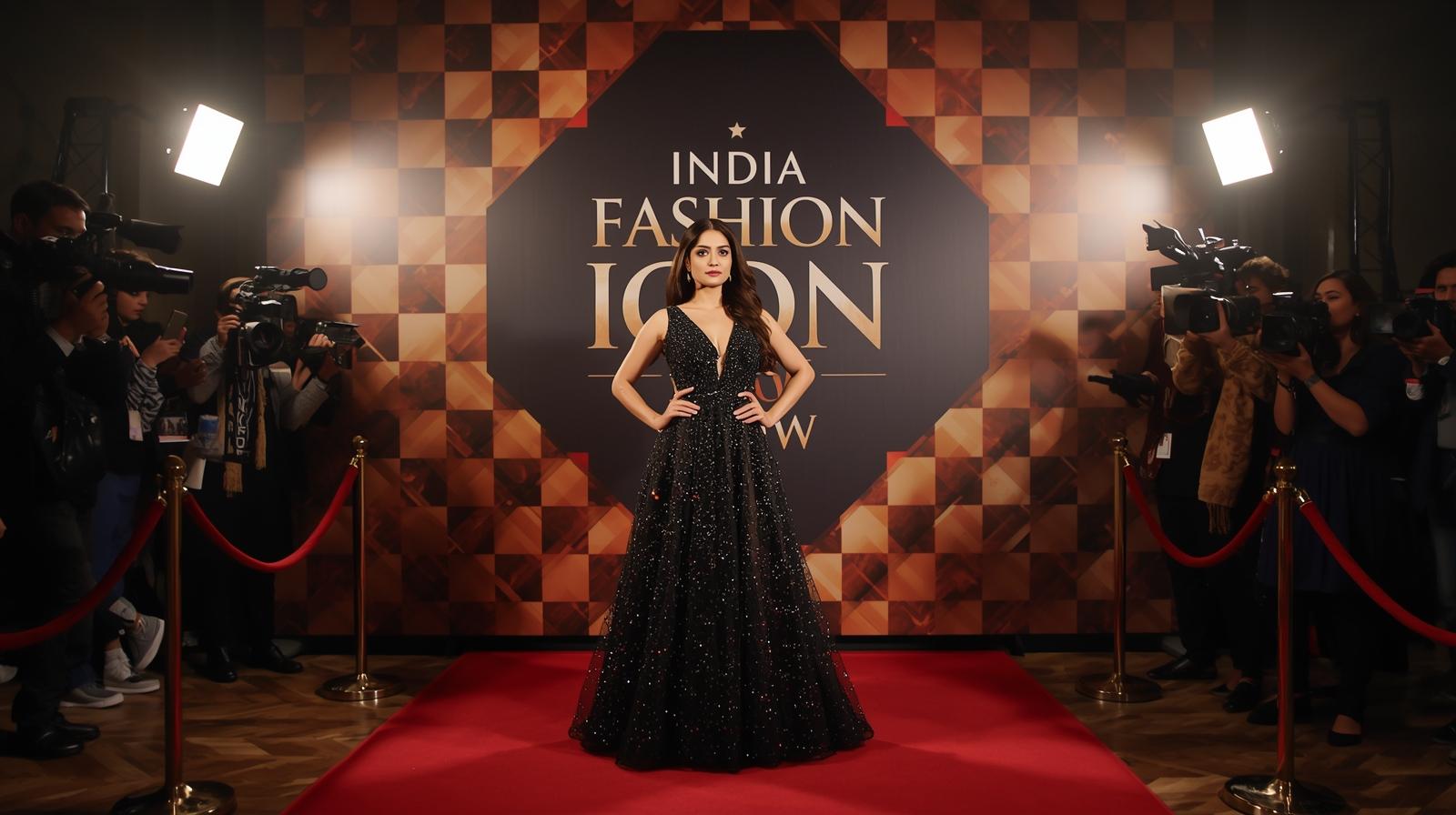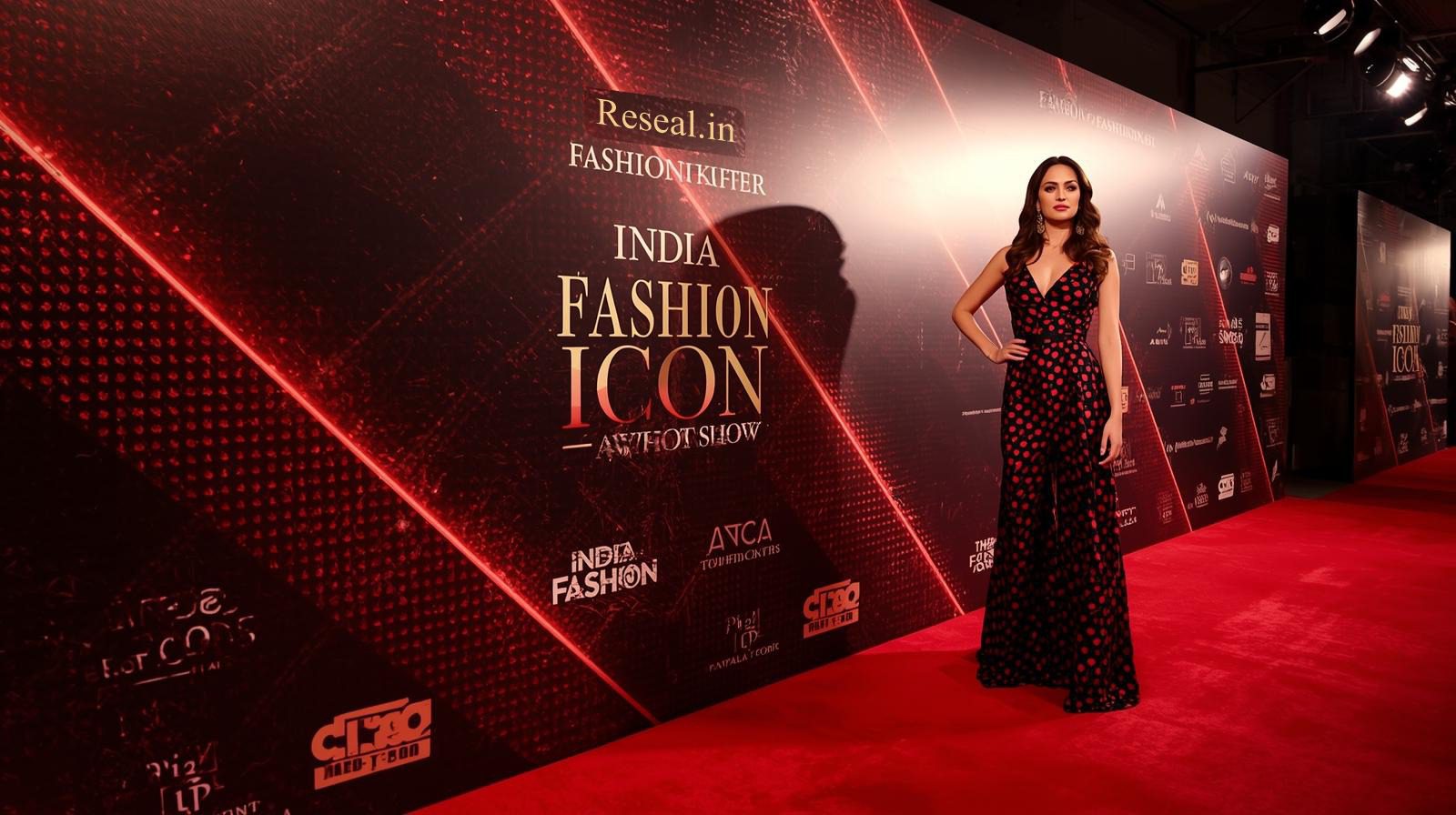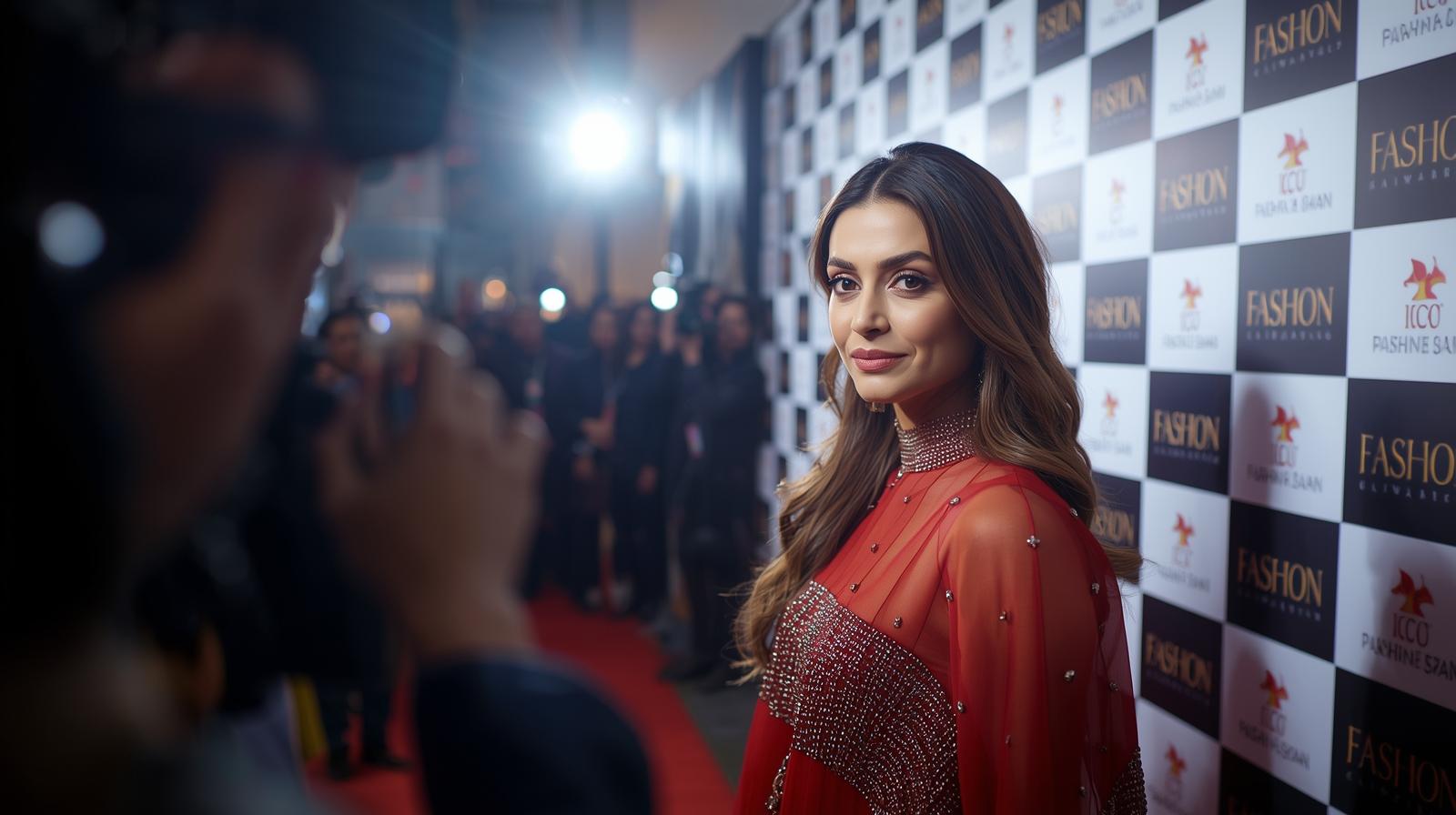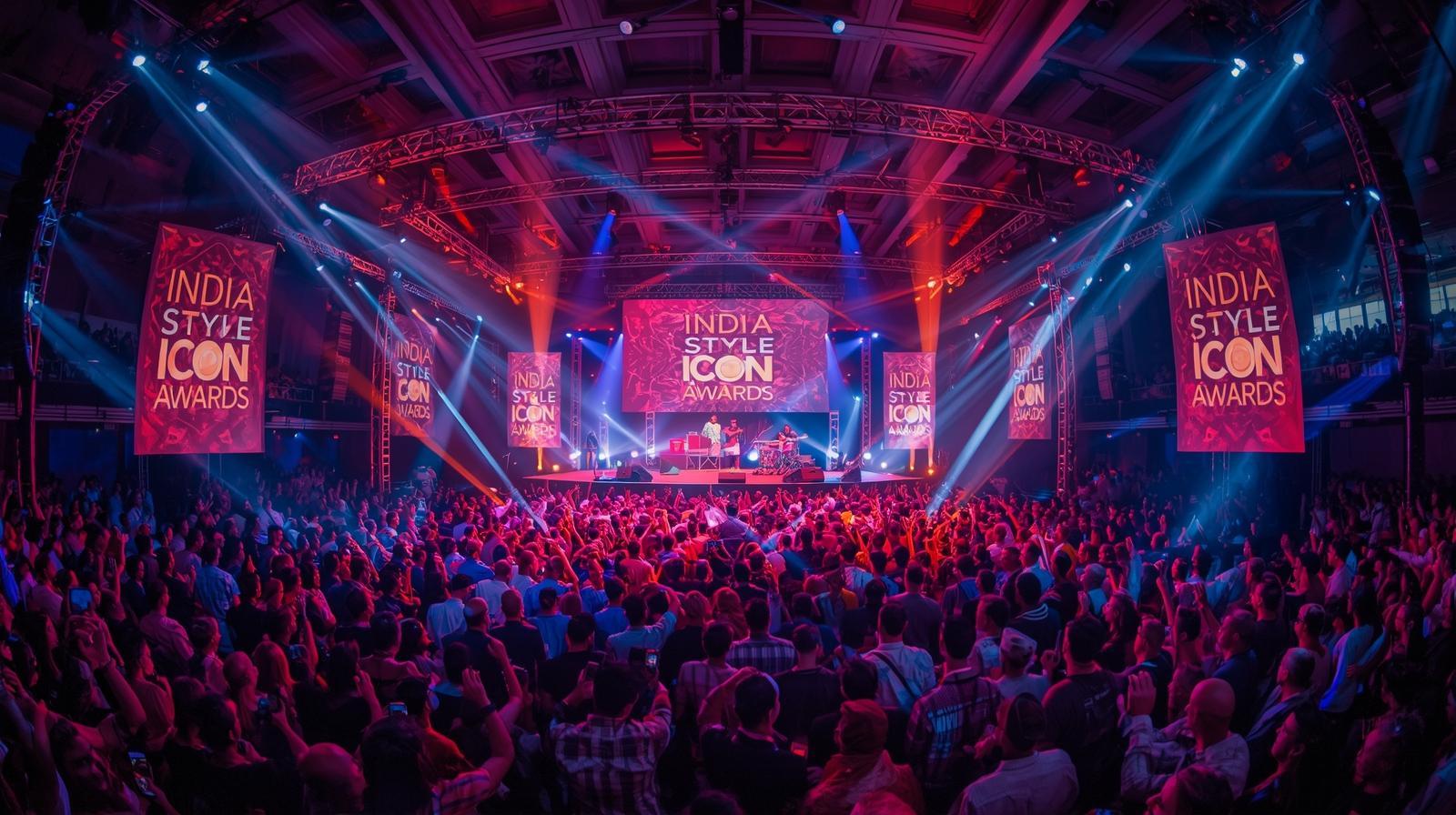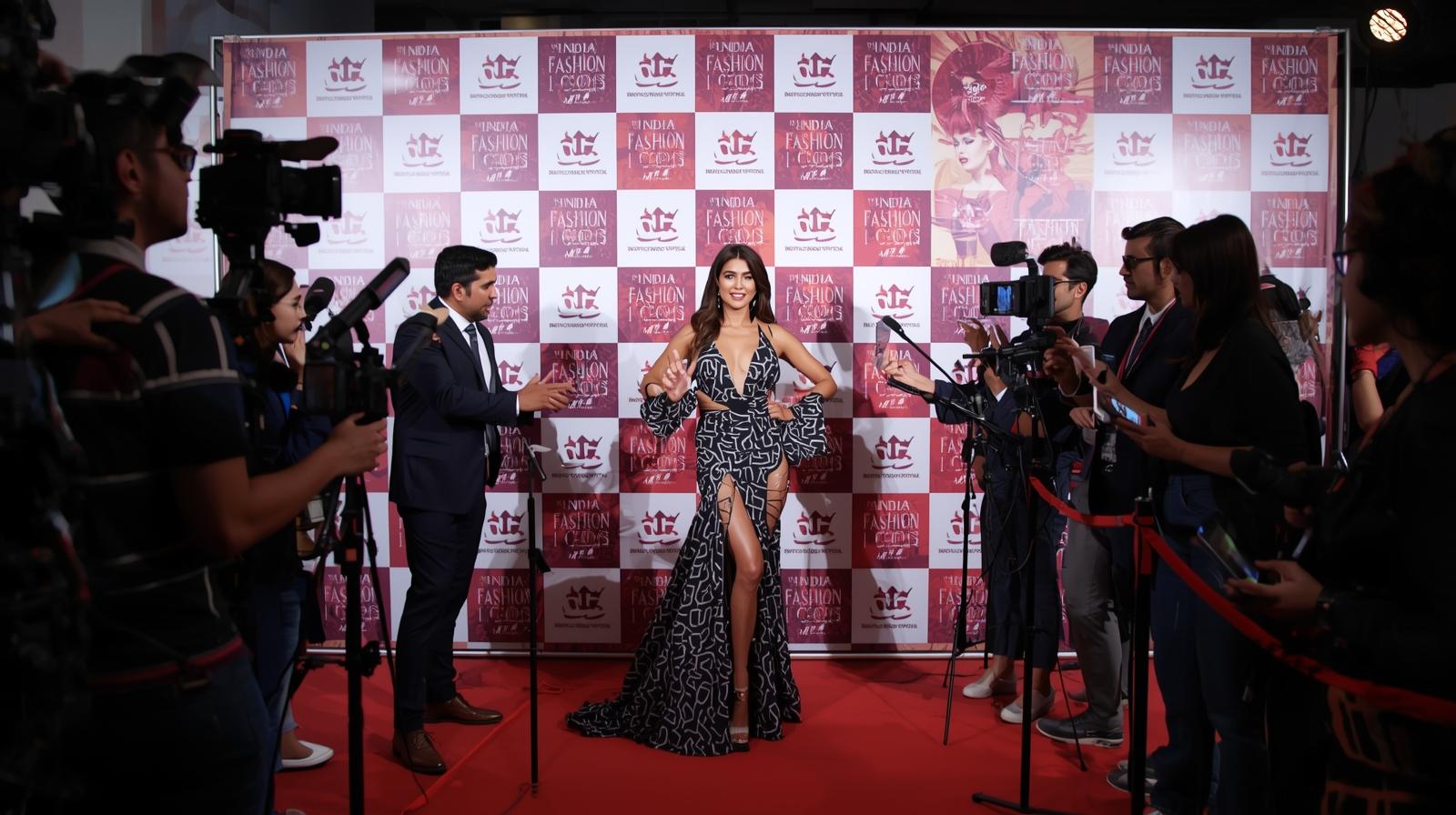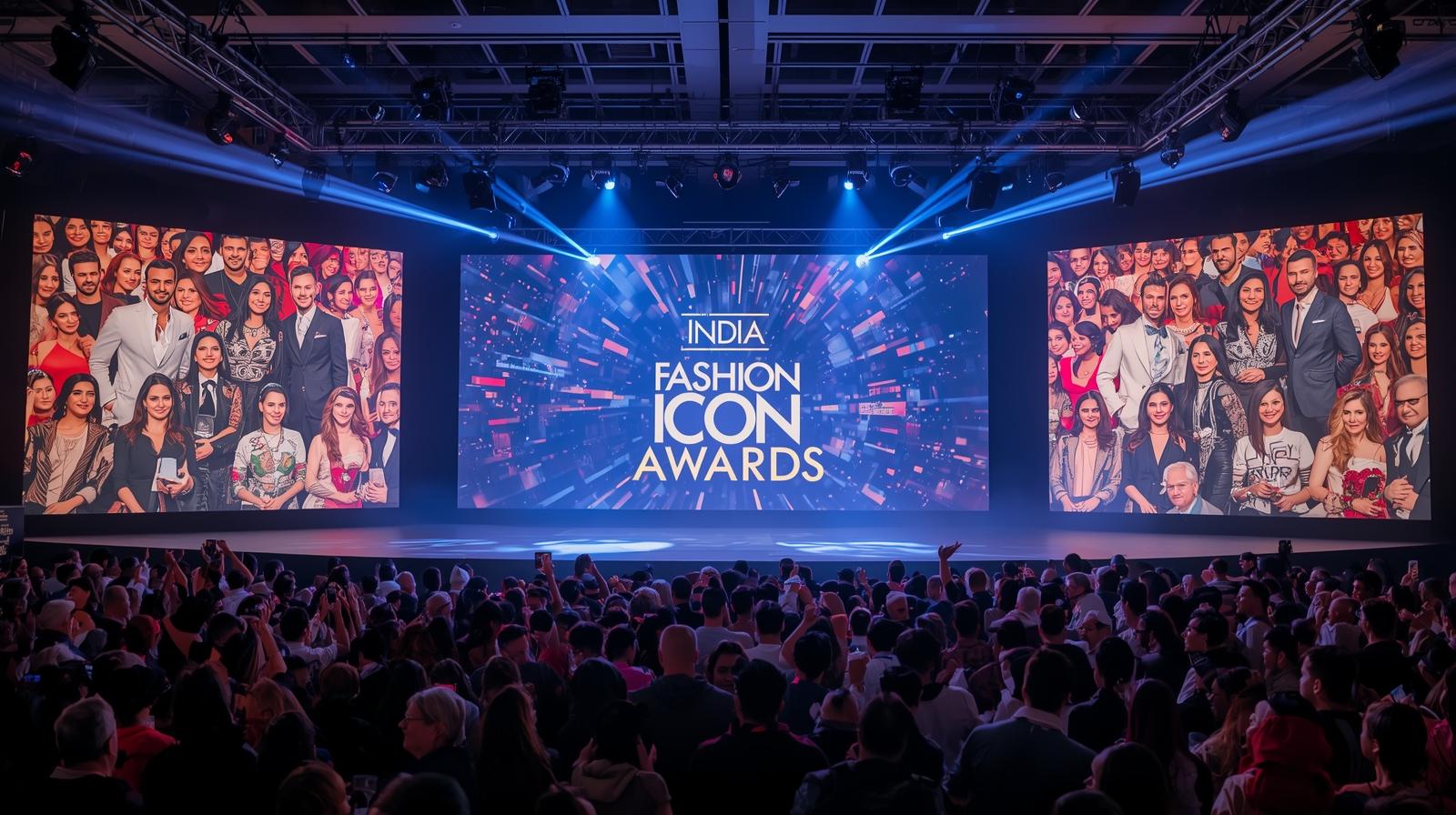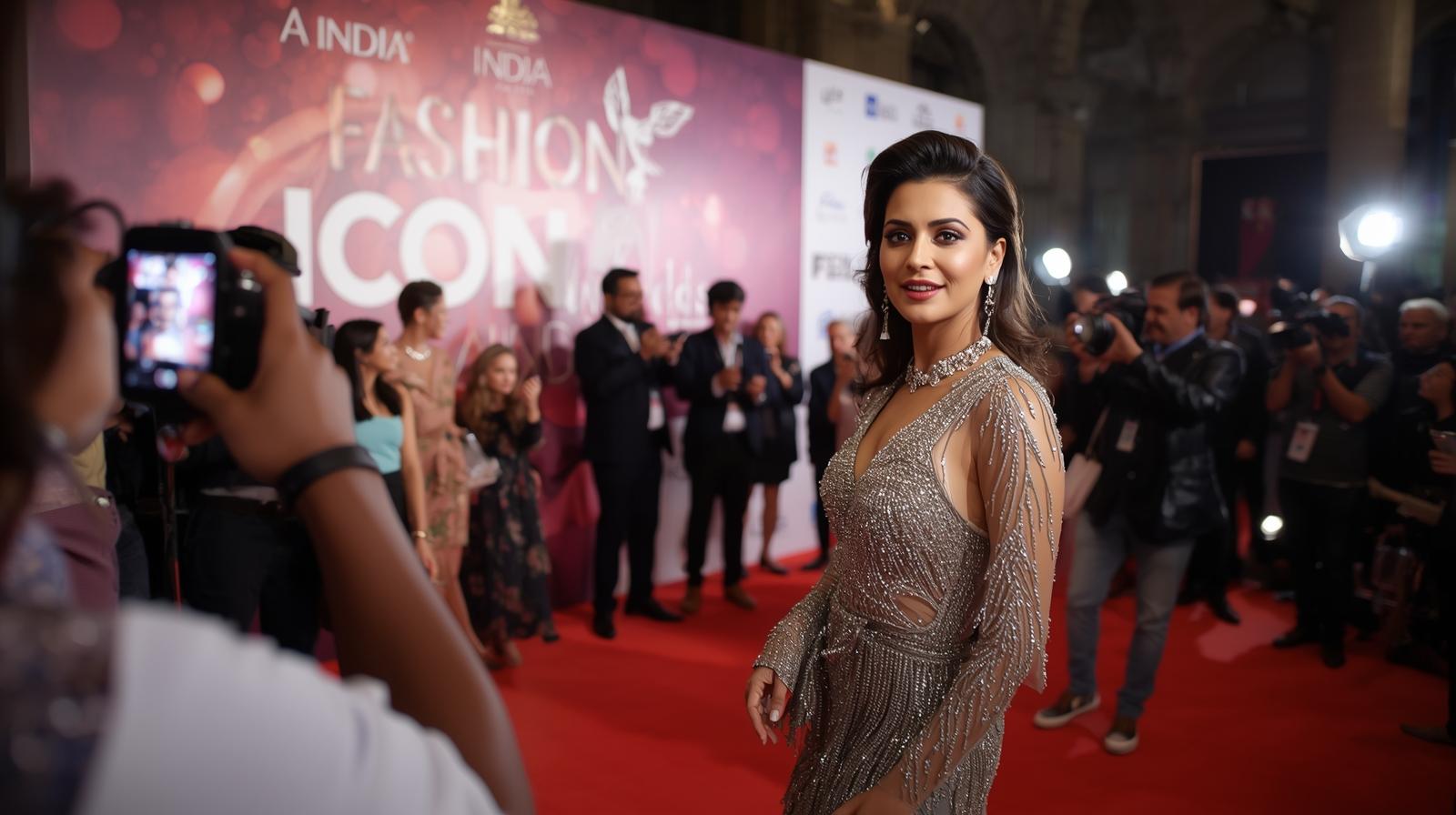The global fashion industry, currently revelling in a season of frills, corsets, bold shoulders, and “naked dresses,” is grappling with an unsettling imbalance behind the scenes — the near disappearance of women in top creative roles.
During the Spring/Summer 2026 womenswear Fashion Weeks in Paris and Milan, more than ten major fashion houses unveiled new artistic directors. Yet, among these fresh appointments at labels like Chanel, Dior, Celine, Balenciaga, Loewe, and Jean Paul Gaultier, only one woman — Louise Trotter at Bottega Veneta — took the bow at the end of a runway show.
Even more striking, Matthieu Blazy at Chanel and Jonathan Anderson at Dior replaced high-profile female predecessors, signaling what experts are calling a backslide in gender progress across the luxury landscape.
A Step Backwards for Women in Fashion Leadership
“It seemed there was a real opening for women before Covid,” says Karen Van Godtsenhoven, fashion academic and guest curator of Women Dressing Women at the Metropolitan Museum of Art. “But the pandemic brought back conservative thinking, and in fashion, that meant a return to the old certainty of the male solo designer.”
The numbers speak volumes. According to Vogue Business and Fashion Network, over 95% of creative director roles at major European fashion houses are now occupied by men. This, despite fashion’s self-proclaimed commitment to diversity, inclusion, and representation.
Industry Structure and the “Male Genius” Myth
The concentration of power within the hands of a few conglomerates — LVMH, Kering, and Chanel — is a key factor behind this imbalance. These corporations, led predominantly by conservative male executives, have historically shaped the creative direction of luxury fashion.
Author Dana Thomas, whose seminal book Deluxe: How Luxury Lost Its Luster exposed fashion’s elitist inner workings, notes the irony:
“Chanel missed a big opportunity in not hiring a woman to lead the house founded by the most iconic woman in fashion history — Gabrielle ‘Coco’ Chanel.”
She points out that labels originally built by visionary women — Lanvin, Nina Ricci, Schiaparelli, and Celine — are now helmed by men.
Meanwhile, only Sarah Burton (Givenchy) and Maria Grazia Chiuri (Fendi) stand out as female creative heads within major luxury brands. Even Hermès, which once prided itself on women-led design, recently saw Veronique Nichanian step down after a remarkable 37-year tenure.
A Culture That Still Resists Change
Experts like Frédéric Godart, professor at INSEAD and author of Unveiling Fashion, attribute this regression to a toxic mix of structural and cultural biases.
“There’s a glass ceiling for women in most industries,” he explains. “But luxury fashion has its own barriers — long hours, pay gaps, and the myth of the ‘male genius designer’ that refuses to die.”
The contradiction is glaring: an industry built largely by women — from Coco Chanel to Elsa Schiaparelli — continues to glorify male creative leadership.
Looking Forward: Breaking the Pattern
While the fashion world embraces innovation on the runway, it remains stubbornly traditional in the boardroom. True diversity, analysts argue, will require not just token female appointments but structural change — mentorship, fair compensation, and a redefinition of creative leadership beyond outdated gendered ideals.
Until then, the global fashion narrative remains uneven — a spectacle of female empowerment on the runway, but male dominance behind it.

 info@indiafashionicon.com
info@indiafashionicon.com
